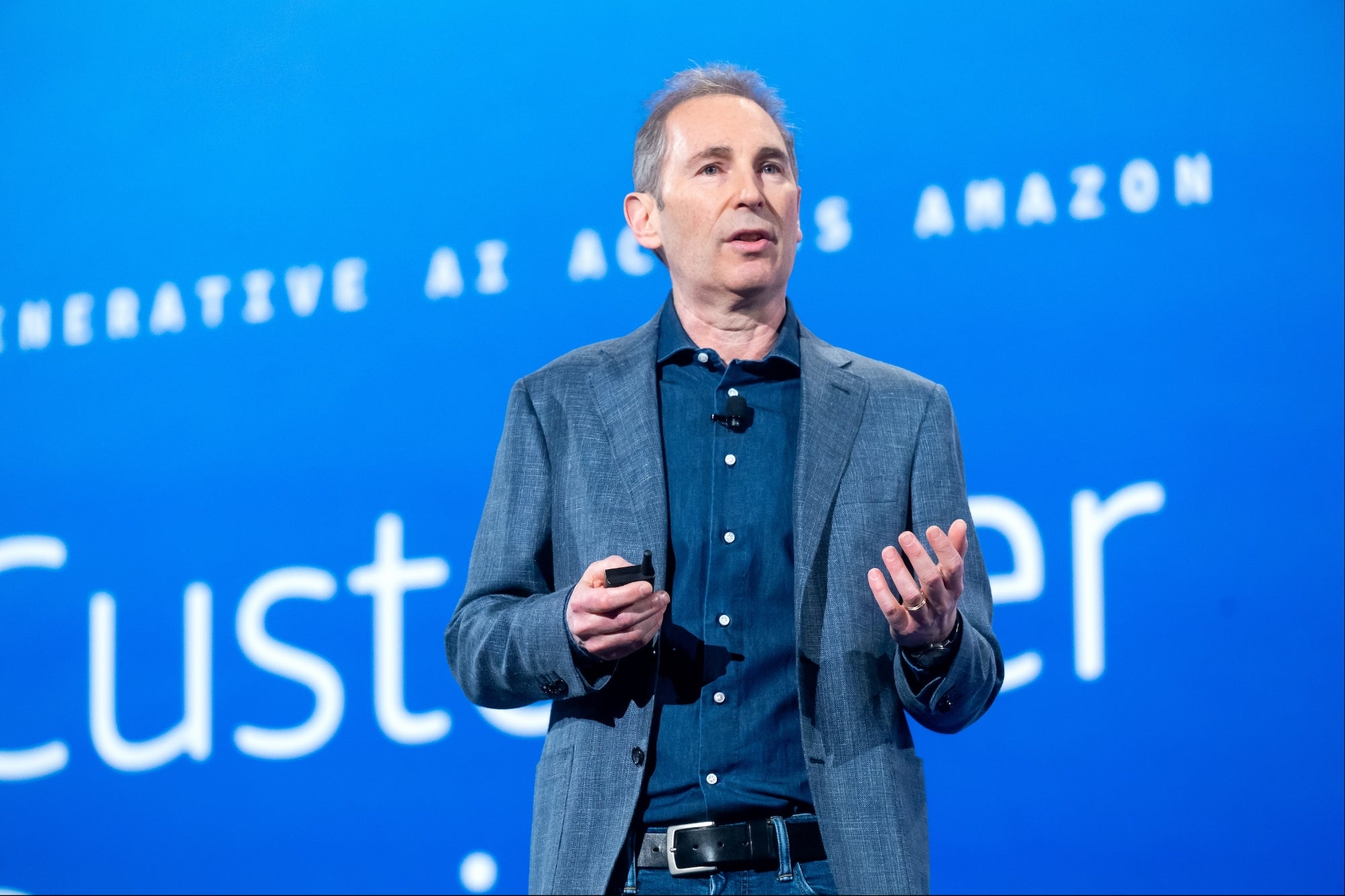Covid-19 Impact Demands Structural Changes in Saas Go-to-market Strategies The economic assumptions underlying the traditional GTM will need to be revisited and the implications for your SaaS GTM motions
Opinions expressed by Entrepreneur contributors are their own.
You're reading Entrepreneur India, an international franchise of Entrepreneur Media.

Traditional GTM approaches in software-as-a-service (SaaS) have been characterized by extreme aggression in customer acquisition strategy with an assumption of high retention and being able to invest aggressively in search of market share.
In a broad survey of SaaS companies across a variety of development stages, it was found that SaaS companies tend to spend about a full year's worth of annual contract value (ACV) in CAC. Average blended CAC is 1.2 times ARR and that extends to up to two times ARR in some cases. Furthermore, CAC is split by about 75 per cent and 25 per cent between sales and marketing costs, respectively. Payback periods have therefore been quite long, with retention in excess of 12 months required to break even.
Based on an analysis of 550 startups that raised capital in 2019, we see the average Series A, B, C, D raise between 2018 and 2020 was $8.2 million, $21.2 million, $46 million and $81.3 million, respectively. Fundraising periodicity for the cohort was an average of 19 months. In conjunction, these numbers indicate that startups in each cohort are losing $250,000, $900,000, $1.9 million, $3.5 million on account of monthly CAC alone.
Assuming that the fundraising environment will remain challenging for at least two-three quarters more, a substantial cohort of startups will need to revisit their investment strategy as an existential priority immediately to make it to the next phase. Founders will need to cut burn, without comprising growth to an extent that it drastically compromises enterprise valuation at the next round.
Cutting burn on support functions and engineering is (relatively) straightforward. But how does one reduce CAC without killing growth, or structurally compromising long term sales?
How will sales as a function need to adapt in an environment where customers are structurally more cautious about their spends and aggregate demand has contracted as a result of the pandemic and how will sales rep-customer engagement need to change to address this new customer mind-set? It's in this area that we feel like some of our learnings from our many customers offer hope to founders in "the struggle' (or at least a place to start!).
Why is it so hard to push meaningful utilization rates? Why is the benchmark for performance set where it is? Why are drop-offs from SQL to closure so steep even in the best teams? Why is there always such a stark variation between the top representatives and the median OTE performers? Why is any of this "normal' or "just the way things are'? Each of these topics warrants its post, but the good news is that there is hope.
Sales, which accounts for 80 per cent of CAC spend is a function where many assumptions around the "way things are' have never been seriously questioned.
For example, even in high-performance sales teams that are meeting and crushing their targets, actual meaningful utilization of reps time is about 10.5 per cent of the workday. Combined with the typical 20 per cent SQL to closure ratios in a strong sales funnel, it implies a 2 per cent net sales efficiency (NSE) ratio in terms of time meaningfully spent on activities that added value. The idea is not to trivialize the difficulty of the sales function, but rather to point to the enormous scope for optimization in the function.
Moving the NSE ratio could be achieved either by increasing the meaningful activity time per representative or boosting your conversion rate.
If you are a startup founder in the series A, B or C fundraising median cohort we discussed earlier, a mere 0.1 per cent enhancement of your net sales efficiency through improved conversion will translate directly to an additional two months of runway. For many startups, the runway extension these optimizations provide will make the difference between survival and extinction.
Most founders we engage with are shocked when they peer under the hood to see how many viable leads disappear because of very basic flaws in need investigation and solutioning. Or how rarely product features meant to address specific customer concerns are used to address customer objections in the field. Or how disjoint their marketing and sales messaging is in practice.
As founders, there are things you can do to fix these problems that are causing preventable lead losses—from being thoughtful about your entire customer engagement cycle, to optimizing your sales team headcount based on their actual engagement effectiveness and fixing the quality of customer engagement with specific, actionable interventions to cut missteps.
If you are paused at the crossroads, pondering which way to turn as you navigate this crisis, you should embark on a journey of sales optimization. It is the road less travelled, and it will make all the difference.








